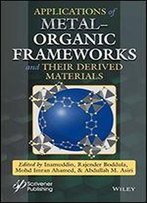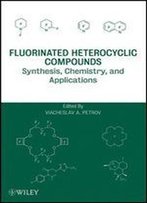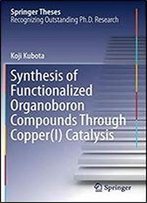
Fuel Cells I (advances In Polymer Science) (no. 1)
by Gunther G. Scherer /
2008 / English / PDF
7.2 MB Download
The concept to utilize an ion-conducting polymer membrane as a solid po- mer electrolyte offers several advantages regarding the design and operation of an electrochemical cell, as outlined in Volume 215, Chapter 1 (L. Gubler, G.G. Scherer). Essentially, the solvent and/or transport medium, e.g., H O, 2 + for the mobile ionic species, e.g., H for a cation exchange membrane, is taken up by and con?ned into the nano-dimensional morphology of the i- containingdomainsofthepolymer.Asaconsequence, aphaseseparationinto a hydrophilic ion-containing solvent phase and a hydrophobic polymer ba- bone phase establishes. Because of the narrow solid electrolyte gap in these cells, low ohmic losses reducing the overall cell voltage can be achieved, even at highcurrent densities. This concept was applied to fuel cell technology at a very early stage h- ever, performance and reliability of the cells were low due to the dissatisfying membrane properties at that time. The development of per?uoro sulfonate and carboxylate-type membranes, in particular for the chlor-alkali process, directly fostered the further development of proton-conducting membranes and, as a consequence, also the progress in this type of fuel cell technology (polymer electrolyte fuel cell, PEFC).











